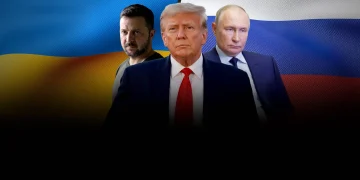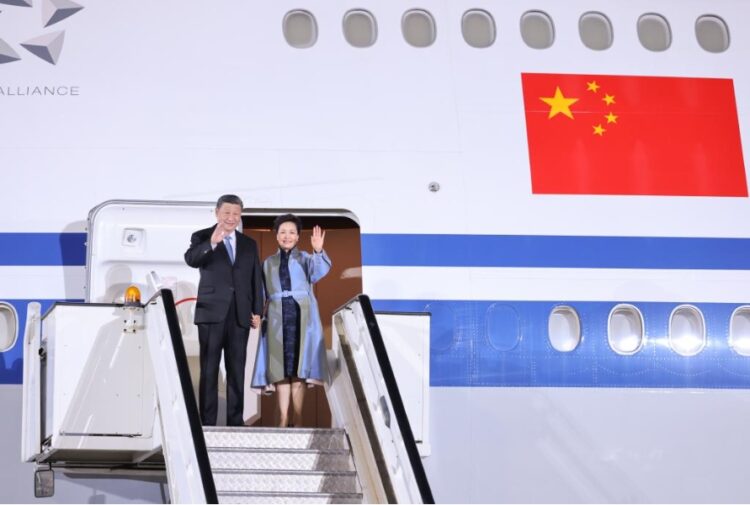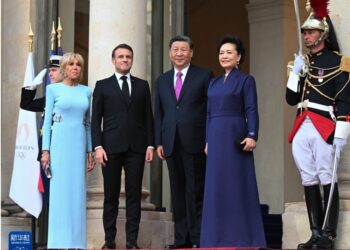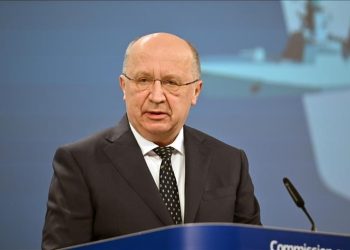Dr. Marsela MUSABELLIU
In an increasingly interconnected world, international cooperation at the highest levels of policymaking has become imperative of the times. When two or more countries join forces, the potential for extraordinary results is limitless. Whether promoting economic growth, advancing technological innovation, promoting cultural exchanges, or addressing global challenges, mutually beneficial cooperation becomes tangible when there is constructive dialogue and respect between the parties.
In this context, since becoming China’s president, Xi Jinping has promoted two initiatives that precisely and objectively affect Central and Eastern Europe (CEE): the Belt and Road Initiative (BRI) initiative and the China-CEE cooperation platform. In this grouping of countries that goes from the Baltic to the Balkans, some states have been more active, some less, and some have benefited a lot, some not. President Xi’s visit in May 2024 to these platforms’ members and active countries shows that the synergy created through bilateral or multilateral partnerships yields extraordinary results when all parties receive a will.

A decade of win-win cooperation
Located at opposite ends of the Eurasian landmass, these states have forged an intense partnership that transcends geographic boundaries and cultural differences over the past decade; in the case of Hungary and Serbia, President Xi’s visit deepens economic and political ties between countries with similar interests. Hungary’s participation in the BRI initiative and Serbia’s historical relations with China make them strategic partners for Chinese investment and cooperation. China and these two countries have unlocked a wealth of cooperation opportunities through economic ties, technological exchange, cultural diplomacy, and joint initiatives. Infrastructure development projects are one of China’s main advantages for Central and Eastern European countries. Through investments in roads, railways, ports, and other transport networks, these countries have seen improvements in their connectivity both internally and with different parts of the world. Over the years, billions have been channeled for various projects and are already reaping the fruits.
The first and most famous is the construction of the Belgrade-Budapest high-speed railway, a critical project that has received significant investment from China. A forgotten segment of the famous Orient Express is now being revived with technology and modern connectivity. The total length of the railway is 341.7 km. The region’s need for infrastructure and short delivery times make this project avant-garde, as it is enough to think that the Tirana-Durres railway segment is only 34.5 km long and has been talked about for eight years and has not yet been completed. It is understood how difficult it is for something to be built in the Balkans.
The railway is essential for deepening cooperation in Central and Eastern Europe and building an international passage for China-EU trade. With the completion of the entire project by 2026, the travel time between the Serbian and Hungarian capitals will be reduced from more than 8 hours to less than 3 hours. However, this railway does not only benefit these two countries; this is only the first segment of a larger plan, as the future goal is to connect with the Port of Piraeus in Greece, passing through North Macedonia. Everything with EU standards, from nails to electronic train systems, says a Chinese engineer.
This partnership’s fulcrum is a robust economic relationship built on mutual trade and investment. Hungary serves as a critical gateway for Chinese investment in Central and Eastern Europe, while China provides Hungary with access to its large market and investment capital. On the other hand, in the last decade, Serbia only has over 60 completed projects and about 16 ongoing projects within the framework of the BRI. During the third Forum of this initiative in 2023, China and Serbia signed the Free Trade Agreement, focusing on eliminating tariffs on 90% of goods.
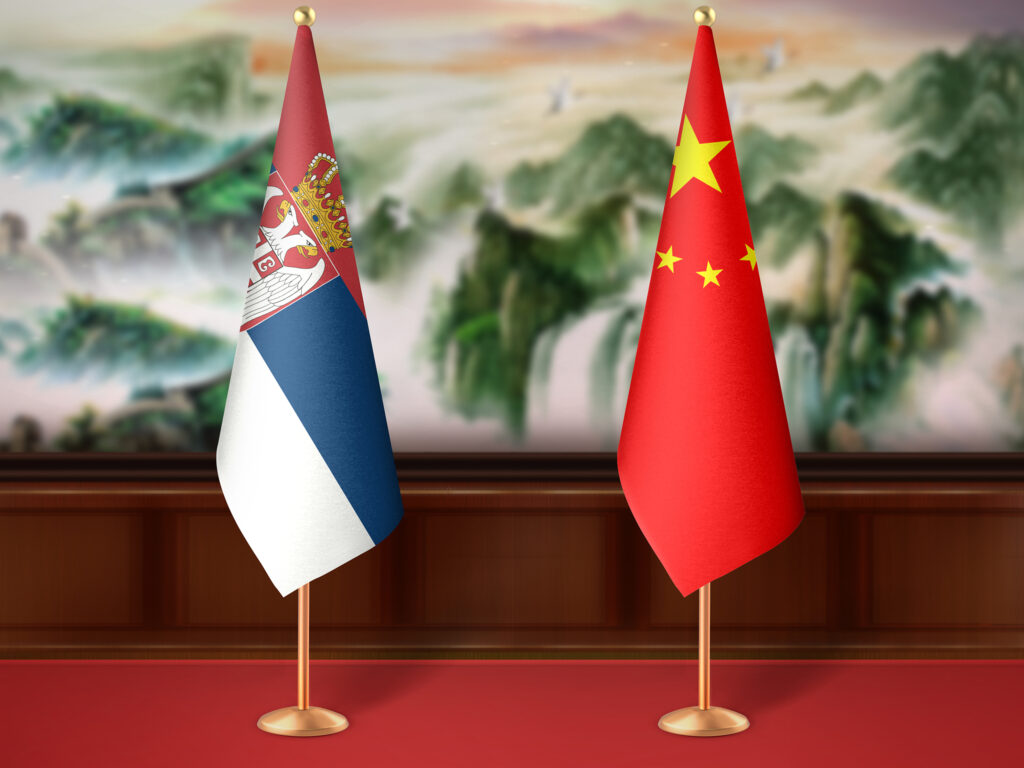
Over the last 6-7 years, Hungary has strengthened its financial ties with China, intending to become a regional financial center and an economic meeting point between East and West. The country is often referred to by analysts as the “home of Chinese banks,” – including the Bank of China (BoC), China Construction Bank (CCB), and China Development Bank (CDB) in Hungary. CDB, known for financing infrastructure projects, can provide financing for projects in Hungary, while CCB is present in Budapest with a fintech lab.
Another major economic issue is the new energy devices (batteries, panels, electric cars), and Belgrade and Budapest have agendas different from those of Paris. Indeed, this agenda is fully displayed in Hungary, where Chinese companies invest more than $10 billion. Contemporary Amperex Technology Co. Ltd. is building a 7.3 billion euro ($7.8 billion) battery plant near the eastern city of Debrecen to supply German carmakers. Chinese electric car maker BYD chose the southern town of Szeged near the border with Serbia for its first factory in Europe, projected to create 8,000-9,000 jobs. According to reports in the south Hungarian city of Pecs, plans for a second, even bigger Chinese electric car factory in the country will be announced with investment from Great Wall Motors.
Foreign Minister Peter Szijjarto’s visit to China last month further confirmed the validity of this report. Hungary’s top diplomat stated that 15.3 billion euros of Chinese investment is currently underway, potentially creating 25,000 new jobs (by comparison, this figure of Chinese investment in Hungary is very close to the Gross Domestic Product GDP of all of Albania last year, nearly 17 billion euros). Hungary has become a leading European investment destination for Chinese corporations with many new projects.
China’s approach to the region
How China sees its positioning vis-à-vis the region through the economy is apparent in an article signed by Chinese President Xi Jinping titled “Setting Off on a Golden Journey in China-Hungary Relations,” published Wednesday in the Hungarian newspaper Magyar Nemzet. Xi conveyed a message of lasting friendship, mutual respect, and shared aspirations between China and Hungary. Through analysis of historical, cultural, and diplomatic ties, Xi paints a vivid picture of the deep-rooted bond between the two nations. In essence, Xi emphasizes the importance of the state visit to Hungary and the opportunity it offers to reaffirm and strengthen the long-standing relationship between the two countries. Highlighting Hungary’s natural beauty, cultural richness and historical significance sets the stage for a story of admiration and appreciation for the Hungarian people and their contribution to global civilization.
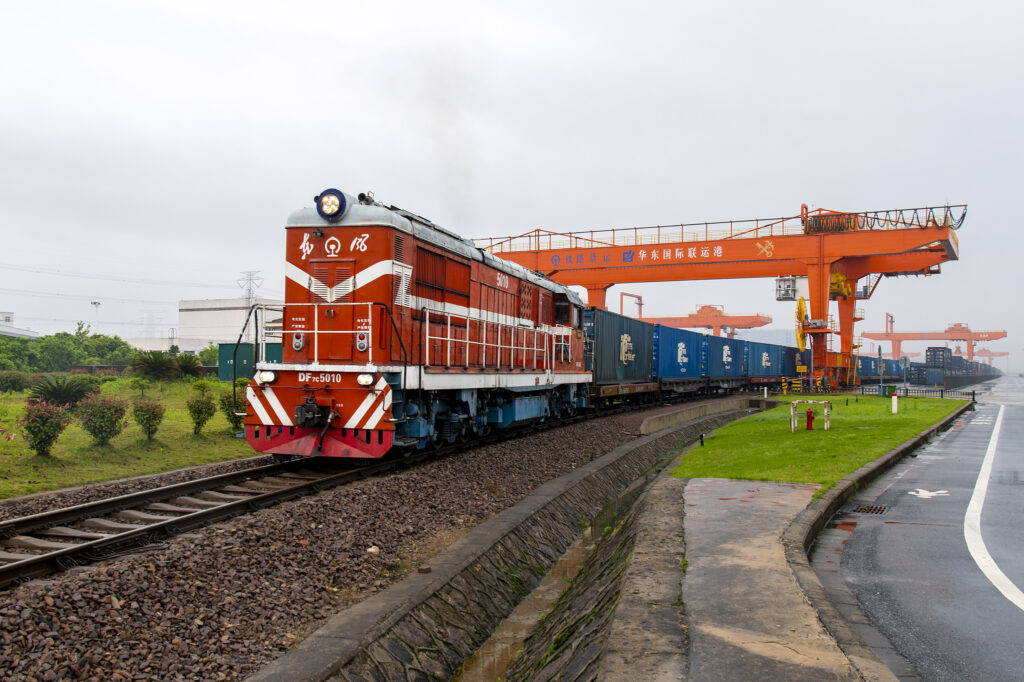
Throughout the text, Xi underscores the resilience and solidarity demonstrated by China and Hungary in times of adversity, such as the global financial crisis and the COVID-19 pandemic. These shared experiences serve as a testament to the strength of their friendship and the unwavering support they offer each other in times of need. From political engagement to economic partnership, Xi highlights the multifaceted nature of the relationship and its importance on the global stage. In particular, the article highlights the importance of people-to-people exchanges and cultural diplomacy in strengthening ties between China and Hungary by promoting language learning, educational exchanges, and artistic initiatives. Looking to the future, he expresses optimism and enthusiasm for the opportunities that await him. By working together to enhance political trust, expand economic cooperation, and address global challenges, Xi envisions a future of shared prosperity and mutual benefit for both China and Hungary. Through dialogue, collaboration, and mutual respect, China and Hungary can continue building on their prosperous partnership and friendship history, paving the way for a brighter future for future generations.
Politics and the region
“Xi’s visit is a gesture, a sign of gratitude to Hungary and Serbia,” writes Gergely Salat, a researcher at the Hungarian Institute of International Relations. With the string of new investments, especially with the prospect of cheap Chinese loans, the government in Budapest eagerly welcomes the number one of Chinese policymaking. This will be the first visit of a Chinese president to Hungary in 20 years. Hungary has been ready to defend its interests at the political level for nearly a decade, making Budapest an attractive target for Chinese diplomatic efforts.
For Orban, ties with China are part of his “opening to the East” strategy of strengthening ties with as many partners as possible. Hungary also gives Chinese investors access to the world’s largest trading bloc. “Many talk about decoupling and de-risking these days, which means isolating Europe’s economy from China’s,” Orban told Beijing in October last year. “Hungary rejects that policy.” The arrival of Chinese President Xi Jinping in Budapest with a delegation of around 400 people is also timed for the 75th anniversary of restoring diplomatic relations between the two countries. It is set to be a historic moment in the relations between the two countries with significant global implications.
Hungary became the first European country to establish a working group with China under the BRI framework in 2015. In 2017, the two sides established a comprehensive strategic partnership. Over the past five years, Chinese investment in Hungary has experienced steady growth, with China now standing as the largest foreign direct investor in the country.
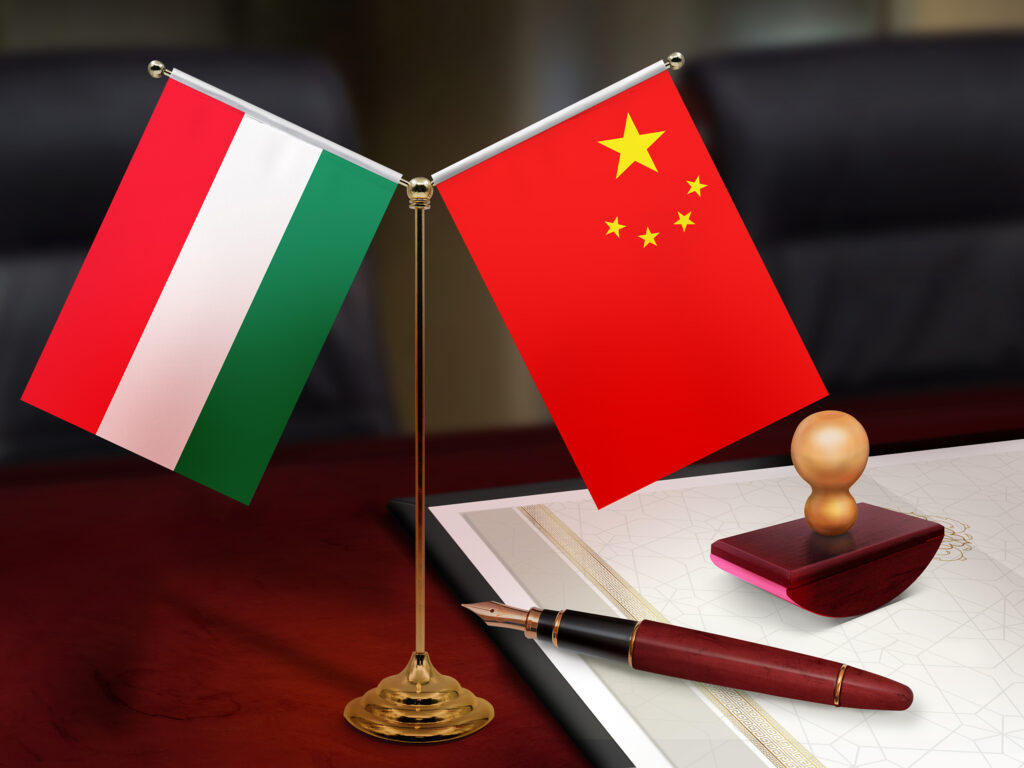
Hungary will take over the EU’s rotating presidency in July, displaying its political position to other member states. Beijing expects Hungary to pursue a rational and pragmatic China policy during that period and encourage other EU member states to do the same.
Finally, China has emerged as a transformative force, especially for Central and Eastern European countries. These nations, located at the crossroads of Europe and Asia, have experienced significant socio-economic benefits from their cooperation with China. It is quite easy to anathemise a project, but building and finishing something that benefits all parties is complex. Billions have been injected into the region from China, and whoever wanted and knew how to work has benefited without complexes, without obstacles, without dogmatism. Usually, one goes where one is welcomed; what is demonstrated by this visit is that countries that work with China ultimately benefit plenty.
© 2024 Argumentum


































